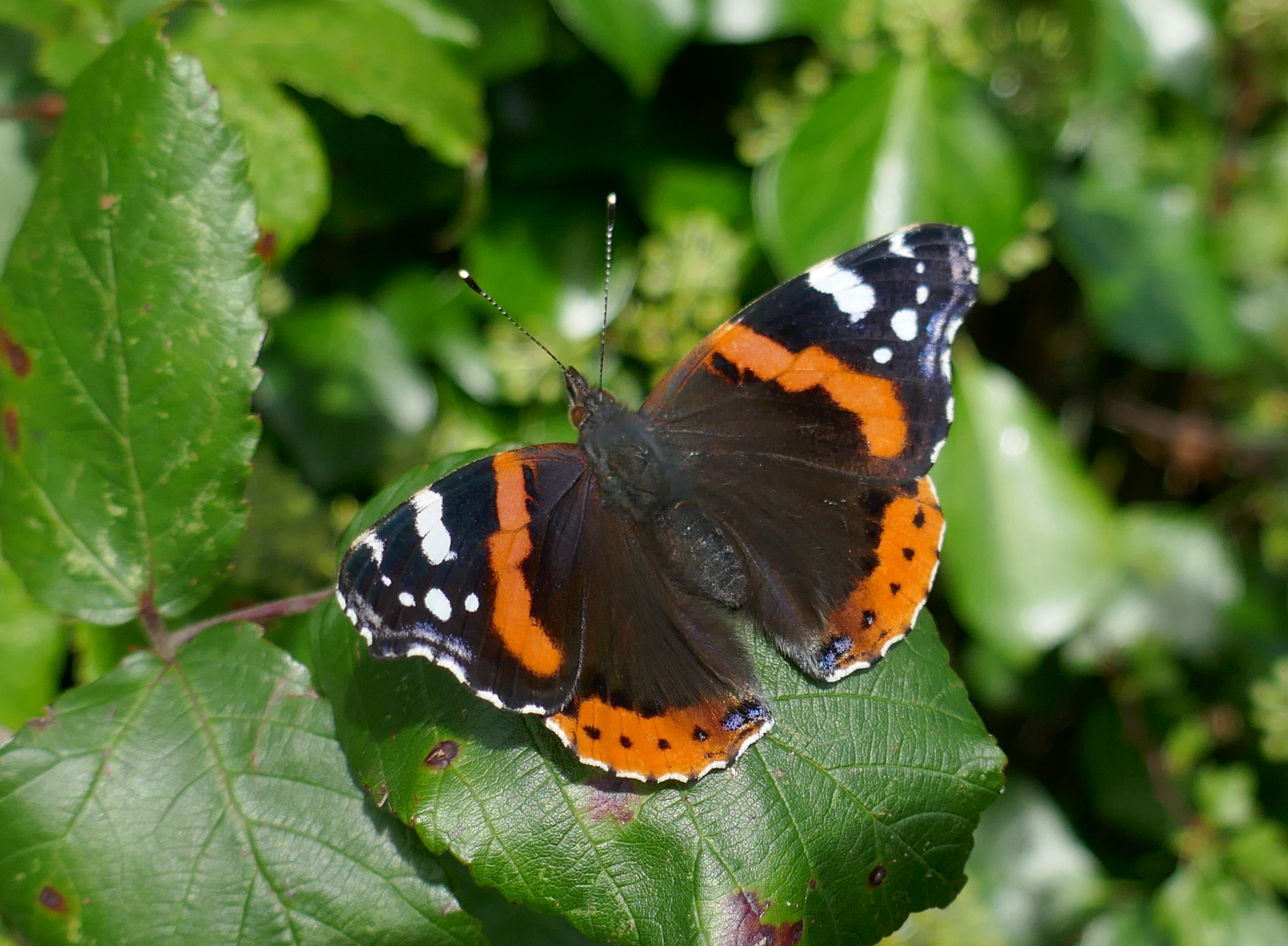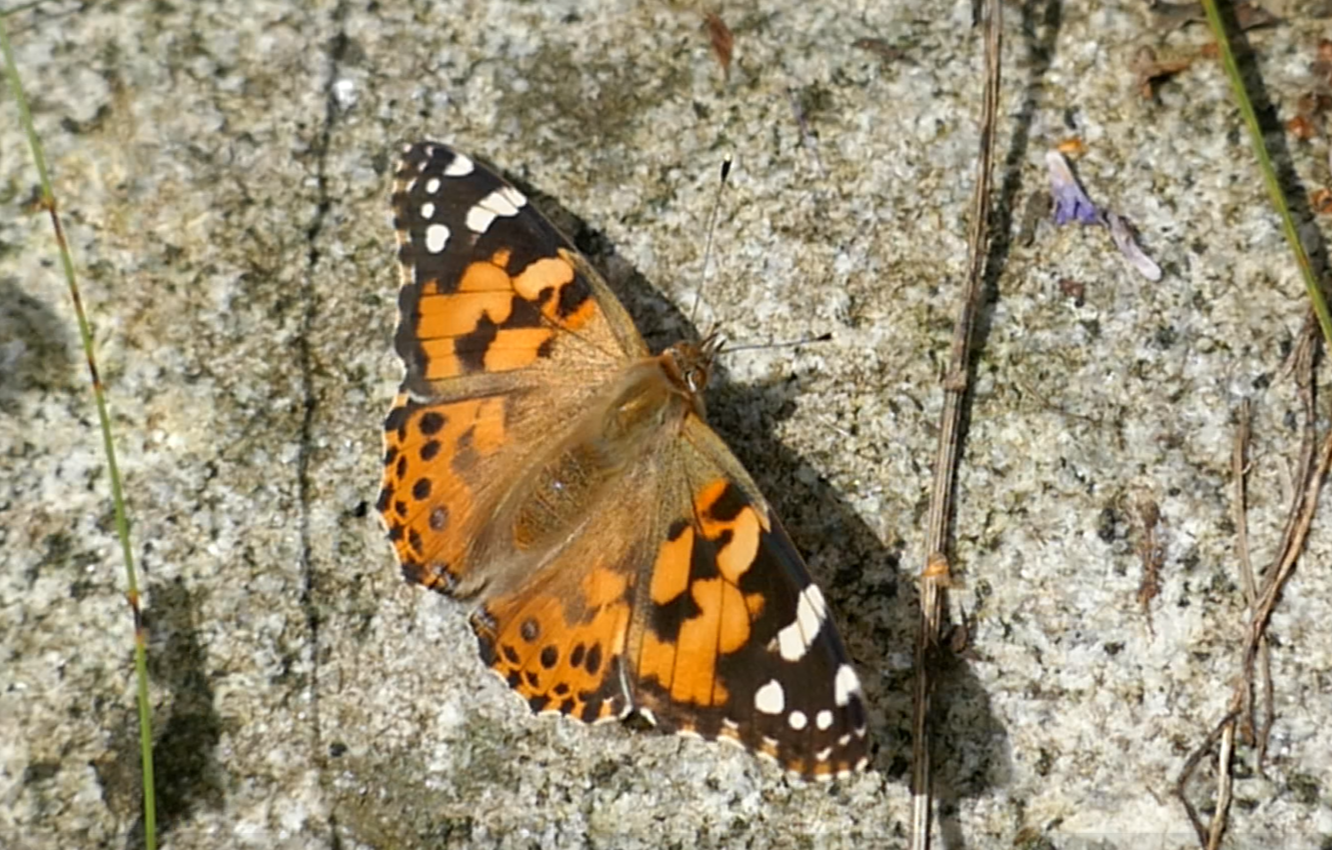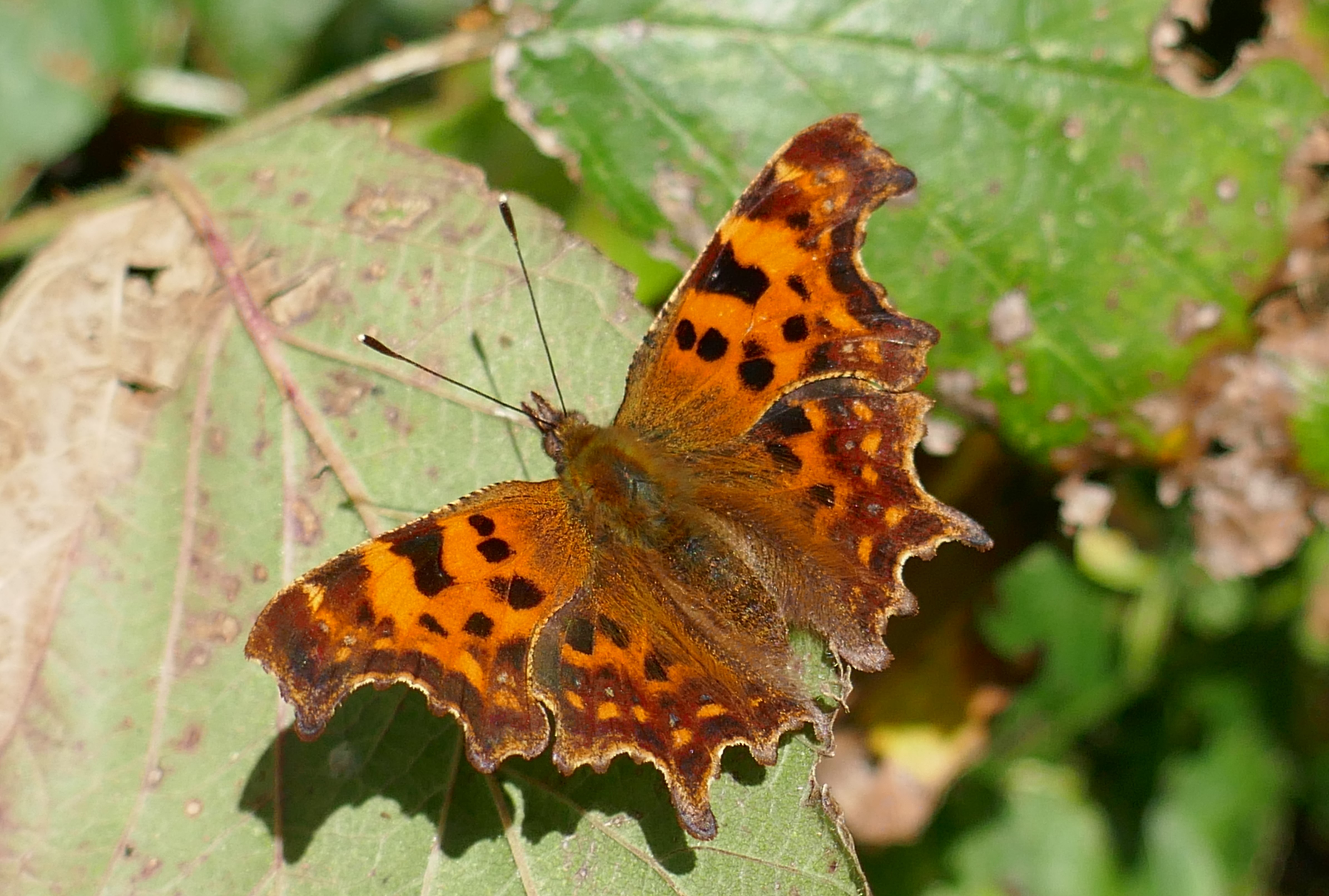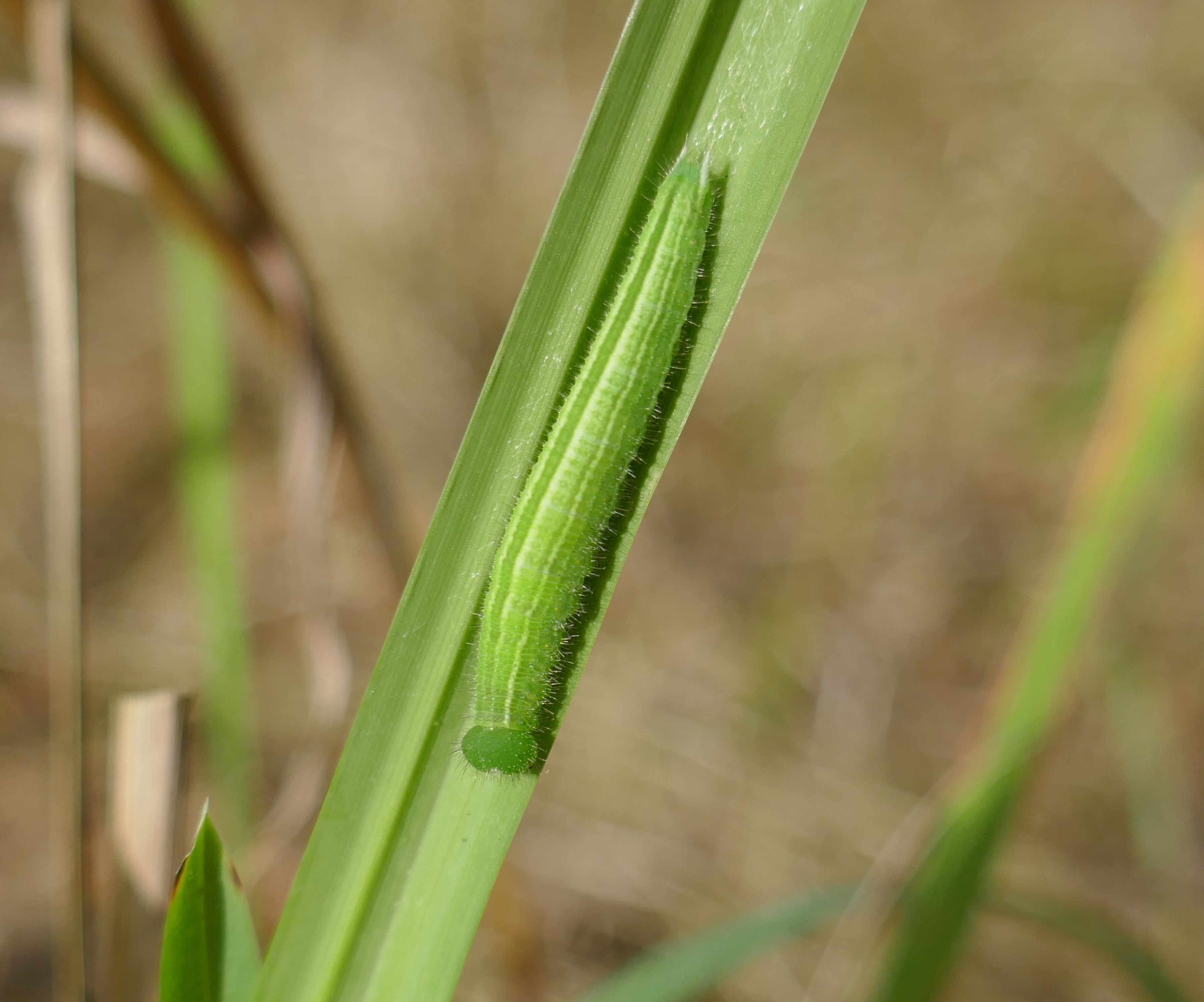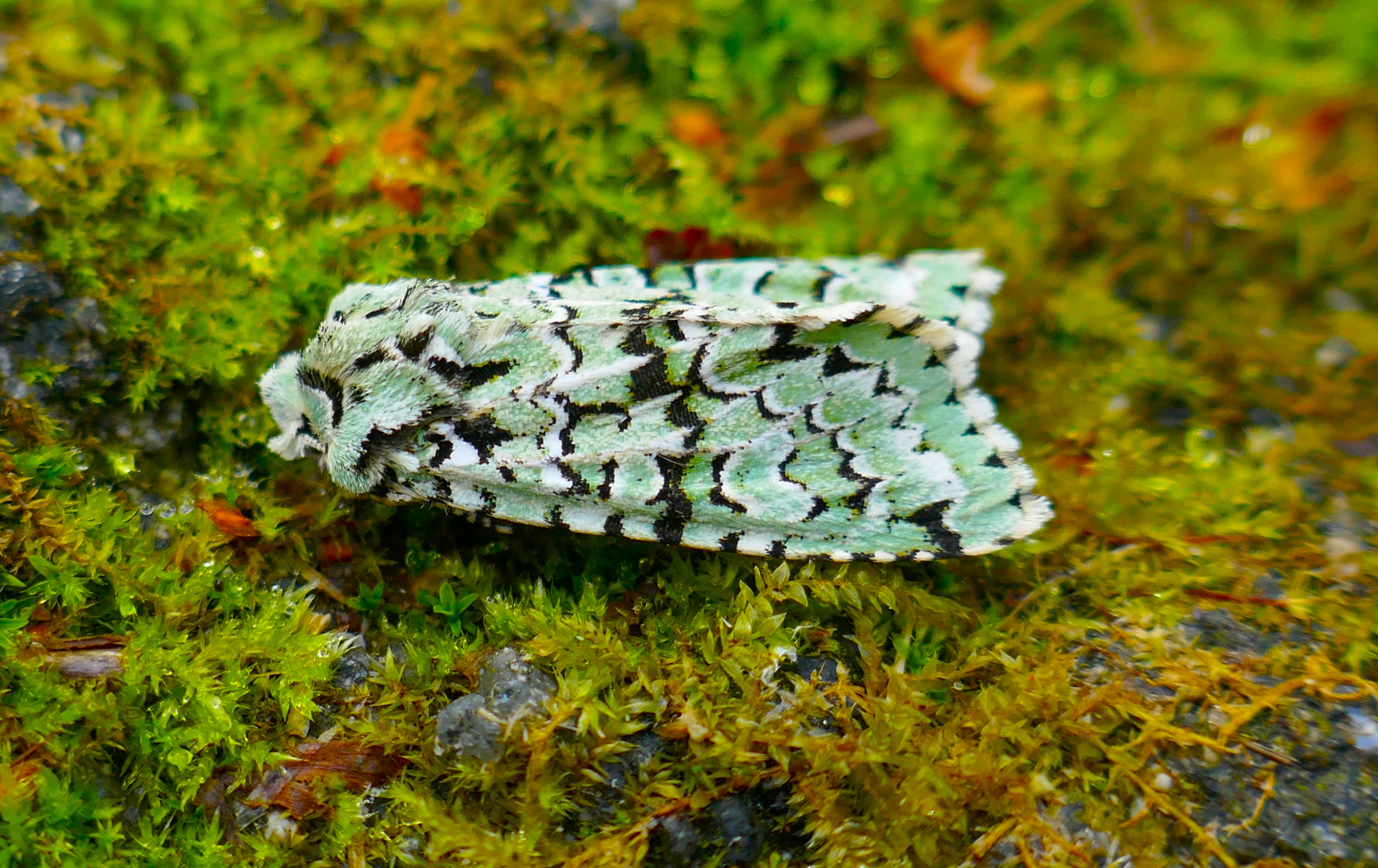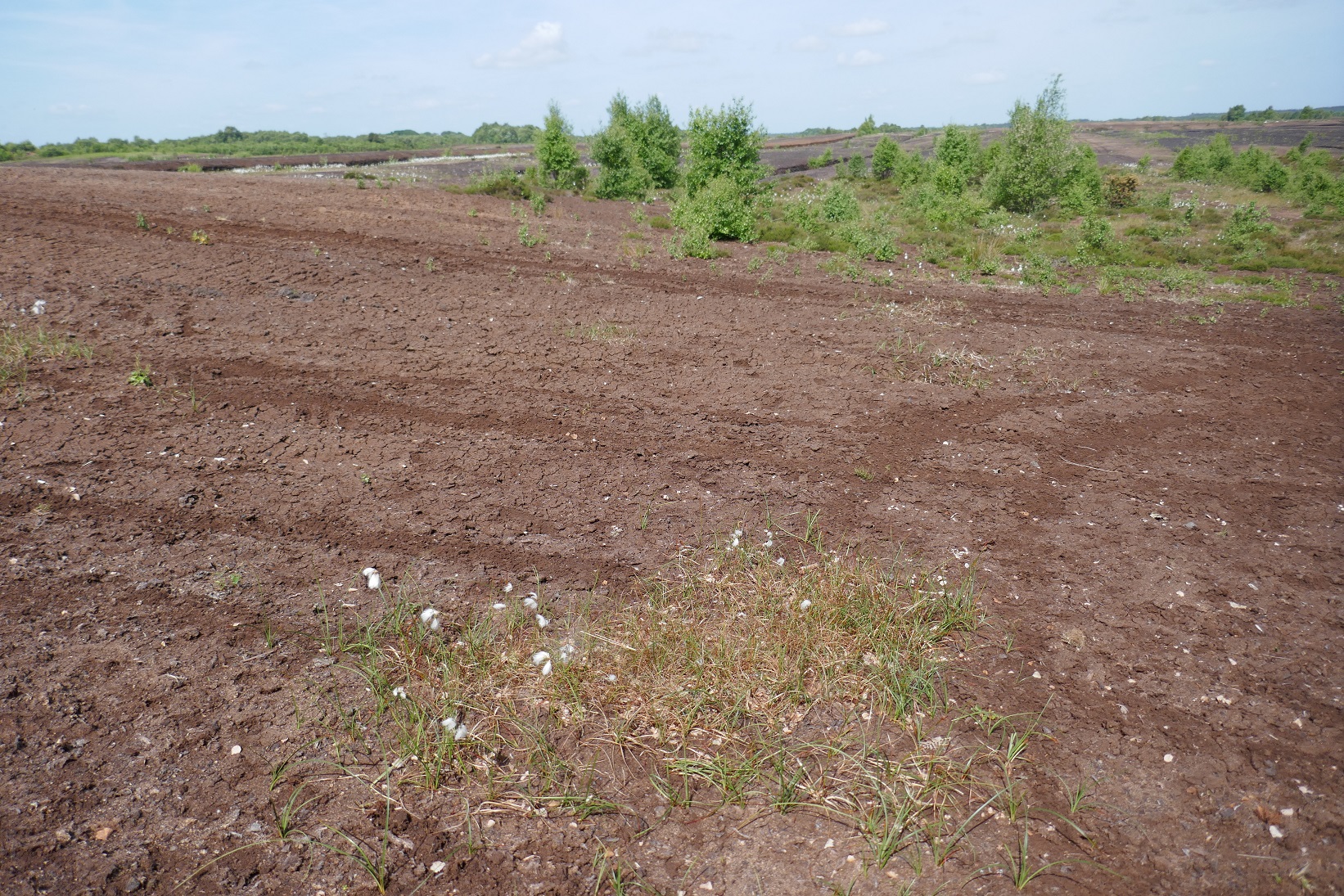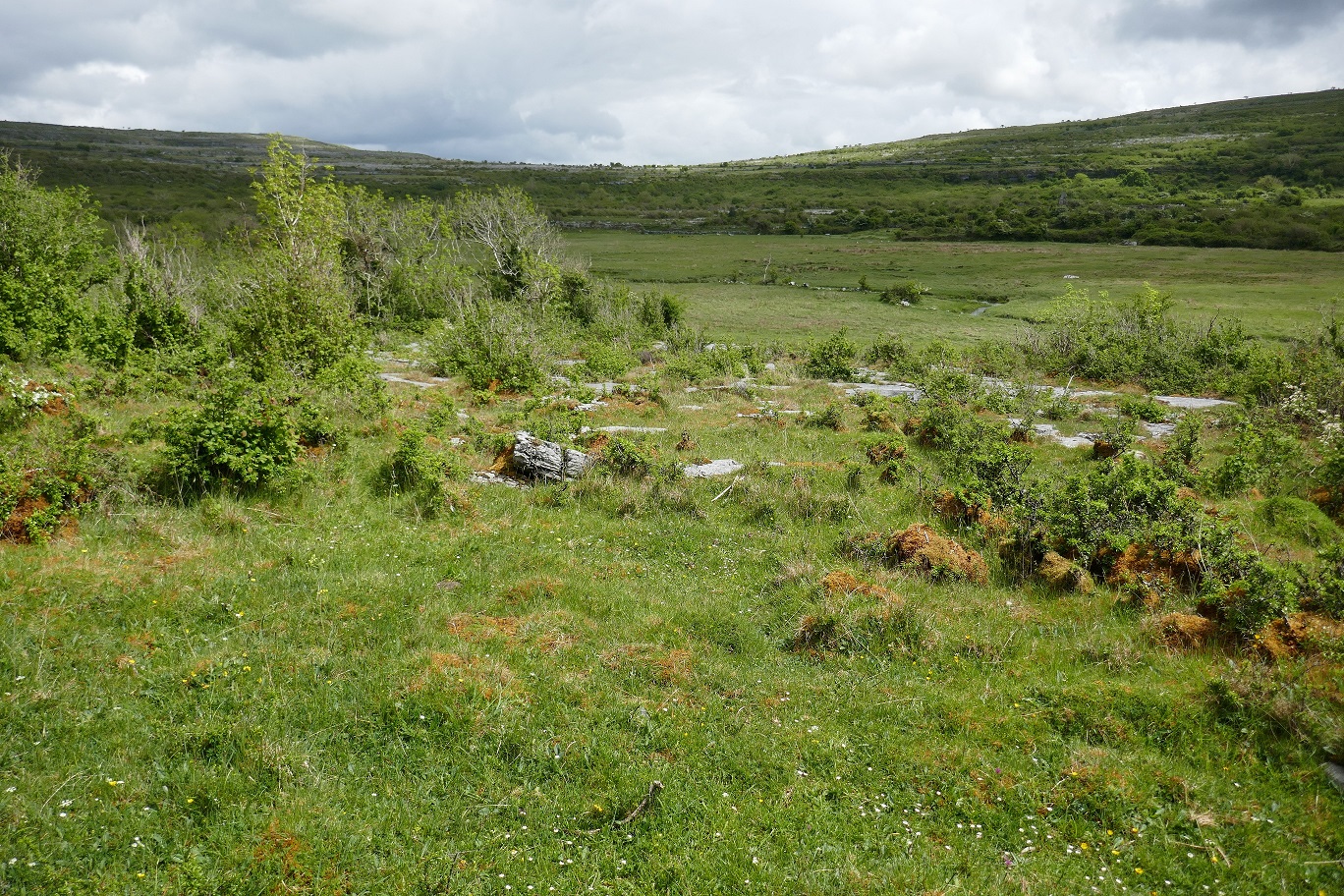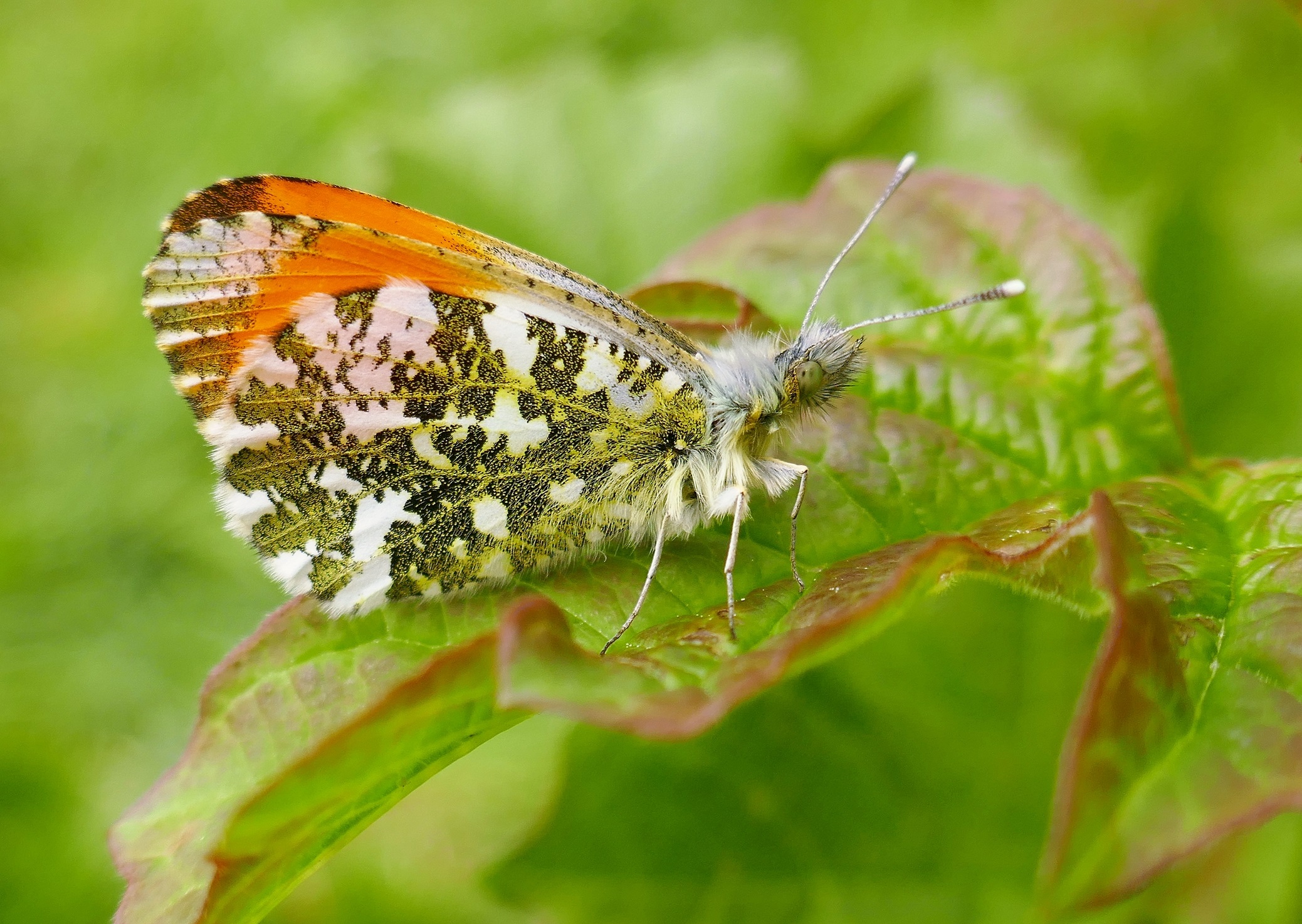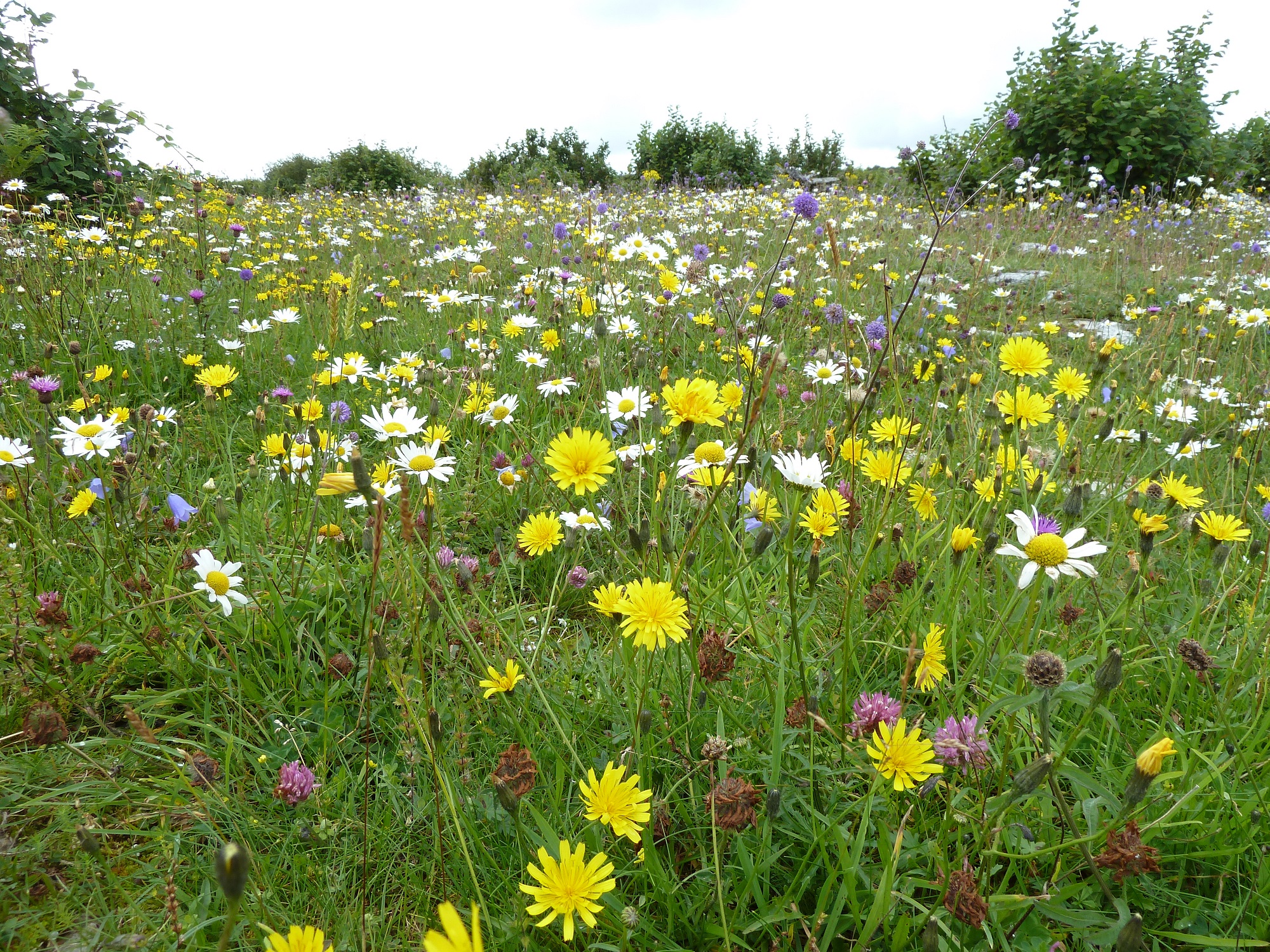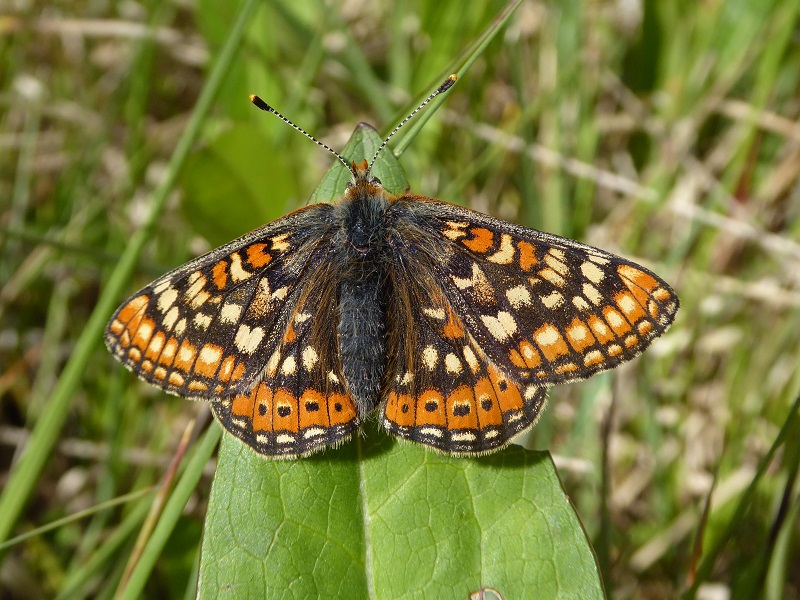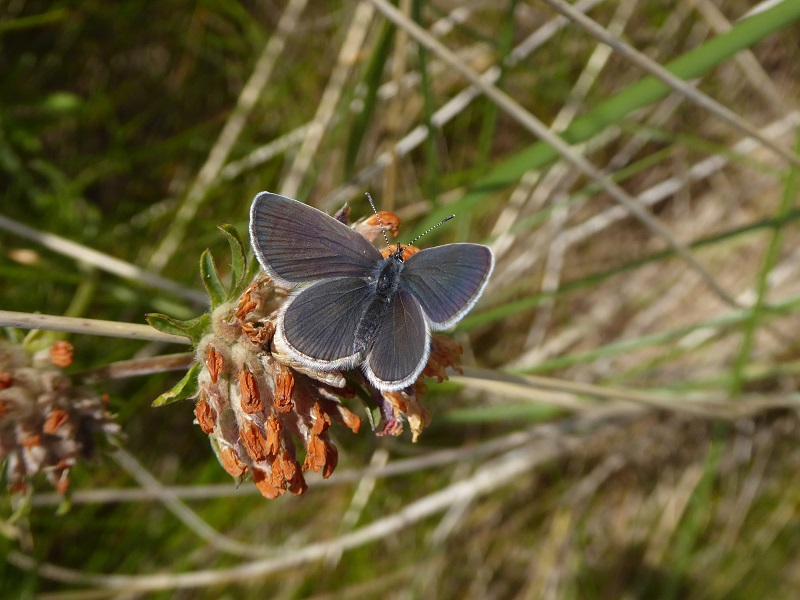It is great to have some positive news to report. Butterfly Conservation Ireland’s reserve at Lullybeg has benefitted from a generous grant provided by Kildare County Council and the Department of Housing, Local Government and Heritage (NPWS). This article describes the reserve and explains how the grant has been applied to fulfil our conservation objectives.
Lullybeg Nature Reserve is a Bord na Móna rehabilitated cutaway, managed since 2010 by Butterfly Conservation Ireland (BCI). It is listed in the Bord na Móna Biodiversity Action Plan 2016-2021. It is described as a site of national importance in the Kildare County Development Plan 2023-2029. The reserve contains a butterfly transect walked up to 26 times each year between 1 April and 30 September. The records for the transect have been sent to the National Biodiversity Data Centre each year from 2008-2023. A report concerning the transect is published on the BCI website annually as part of the Annual Report. Lullybeg Reserve is bounded by plantation forestry to the north and east and bare peat to the south and west. It lies on both sides of a waterway that is part of the Crabtree River.
The site contains several habitats existing as complex mosaics. Habitats found on the reserve include tall herb swamps, ponds, marsh, wet grassland, dry-humid acid grassland, dry calcareous and neutral grassland, wet heath, poor fen and flush, scrub and bog woodland. This is an important conservation location (rated Nationally Important) as it is home to a population of Marsh Fritillary Euphydryas aurinia, the only protected species of butterfly in Ireland (protected under Annex II of the Habitats’ Directive 1992). Other important butterflies present are Dark Green Fritillary Speyeria aglaja (ranked Vulnerable), Wall Brown (ranked Endangered) and Small Heath Coenonympha pamphilus (ranked Near Threatened). Twenty-six butterfly species have been recorded on the reserve.
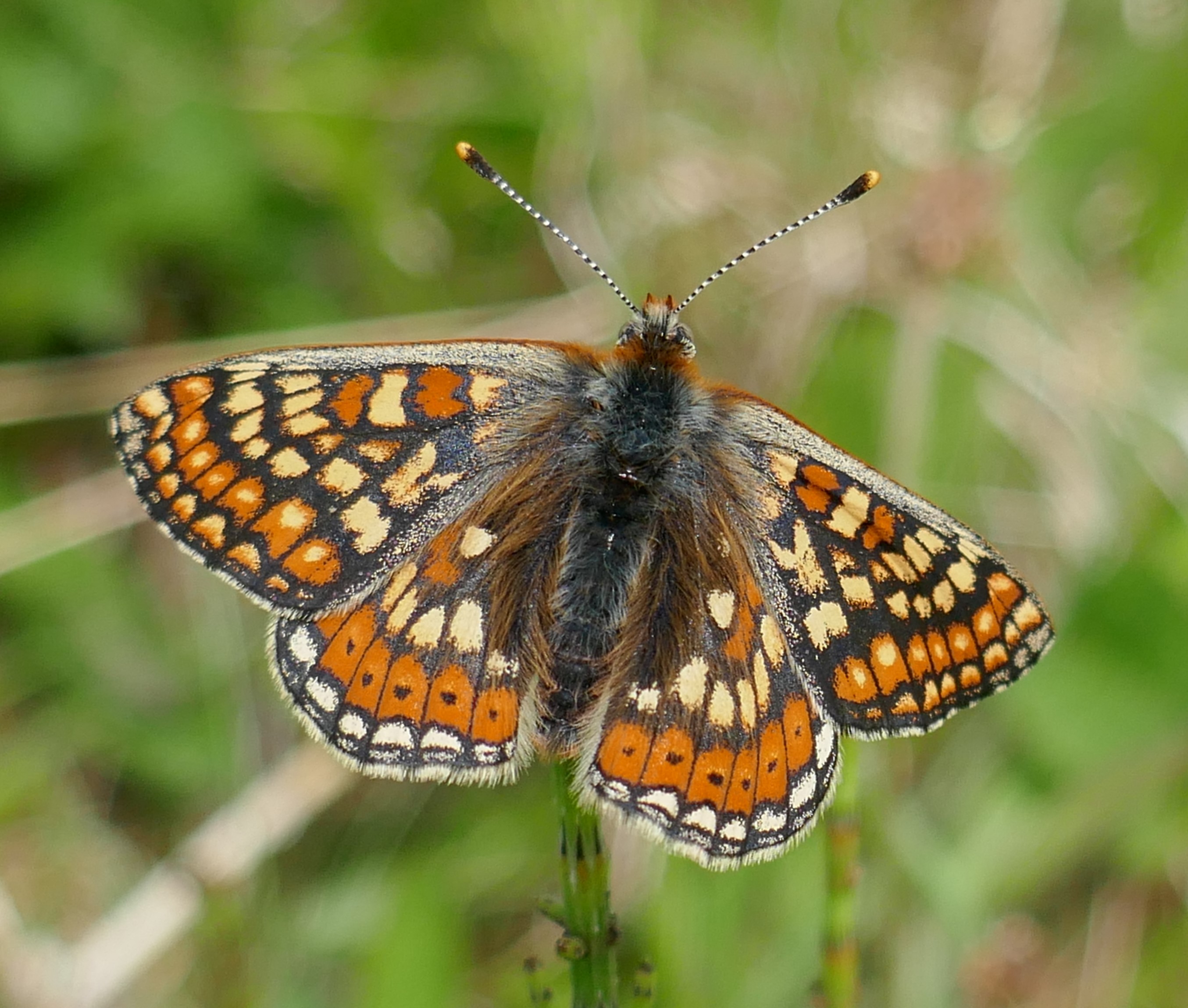
The rewards of conservation management and scrub removal/control are evident as the already impressive list of flora and fauna recorded on site is increasing. As stated earlier, the site is used as a transect for the Irish Butterfly Monitoring Scheme (IBMS) run by the National Biodiversity Data Centre, with 15 years of IBMS records underlining the site’s importance for Lepidoptera.
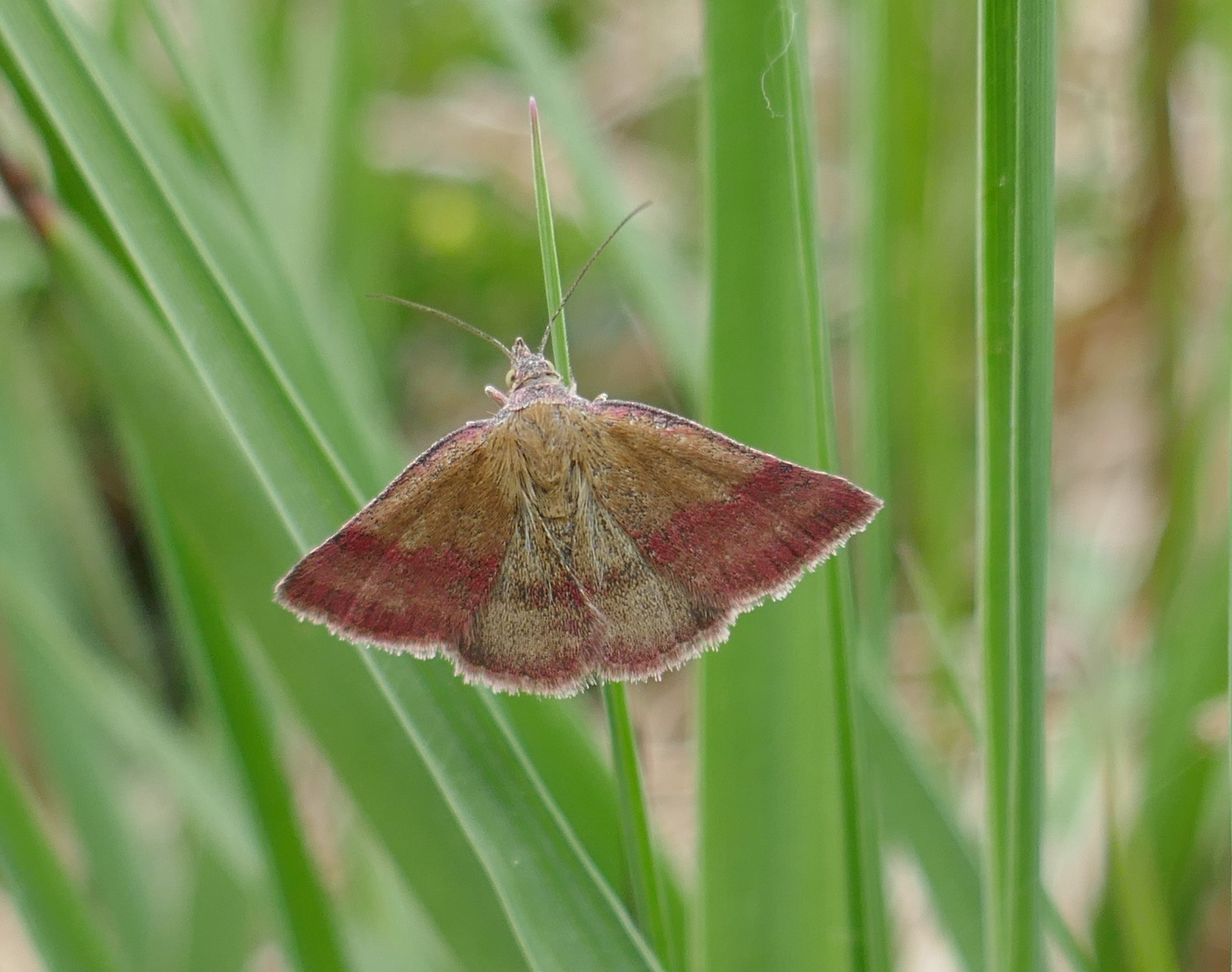
Moths that are present on the site include species ranked Near Threatened on the macro-moth Red List published by the National Parks and Wildlife Service in 2016 (Allen et al. 2016), such as Small Chocolate-tip Clostera pigra, Dark Tussock Dicallomera fascelina, Small Purple-barred Phytometra viridaria, and species ranked as Vulnerable, such as Narrow-bordered Five-spot Burnet Zygaena lonicerae. Birds such as Teal (Amber-listed), Woodcock (Red-listed), and Snipe are among the breeding birds present. Merlin (Amber-listed), Buzzard, Kestrel (Red-listed), Sparrowhawk, Jay, Raven, and Linnet (Amber-listed) occur here.
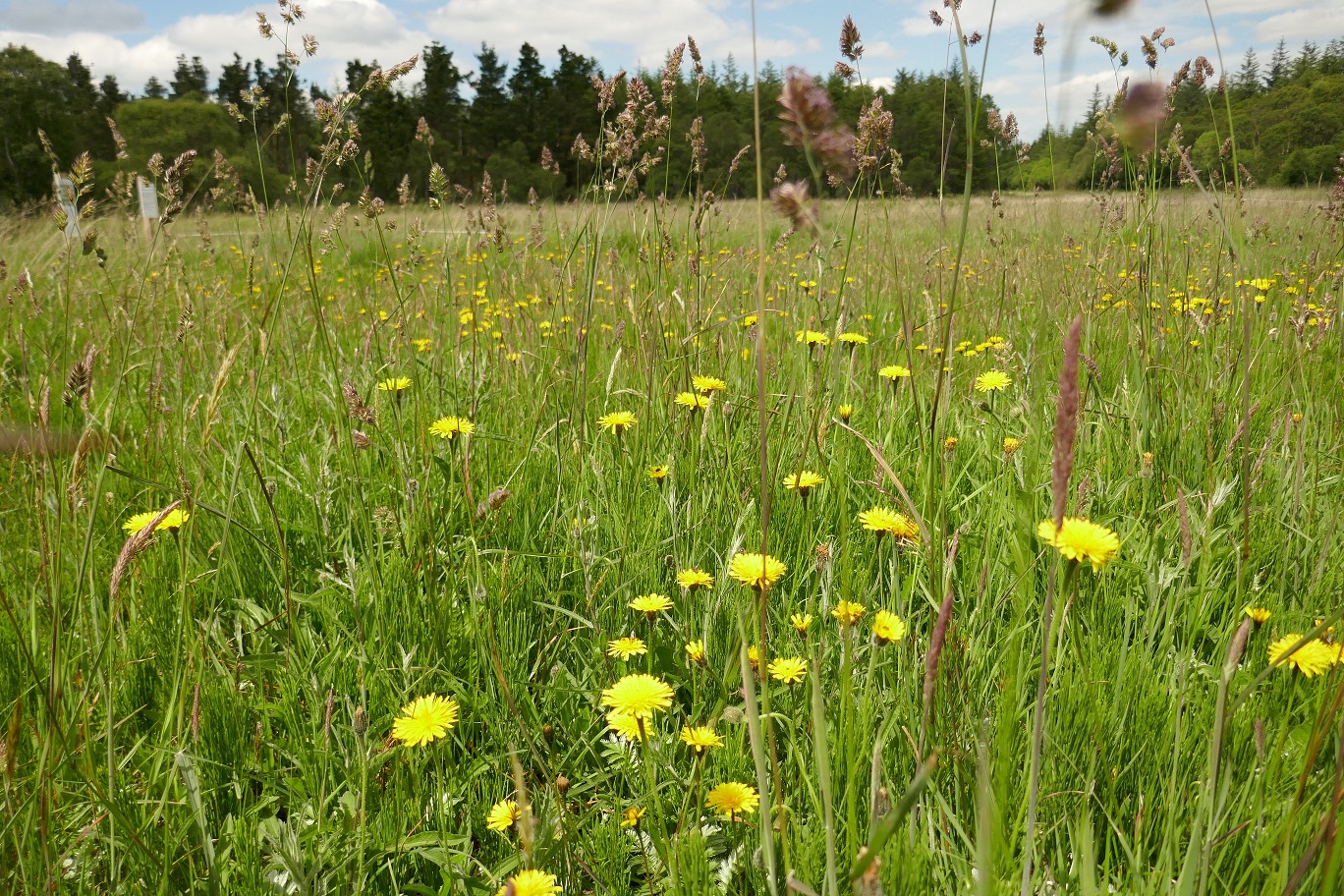
The conservation work required consists mainly of scrub control and cattle grazing. Scrub must be controlled to maintain plagio-climax vegetation of flower-rich grassland, wet heath and fen with low scattered scrub over much of the eastern half of the reserve. The work of scrub control is labour-intensive and is done by hand and using power tools. Grazing is a vital conservation tool for maintaining grasslands for butterflies, moths and other invertebrates. A range of sward heights and periodic substrate disturbance is vital for habitat maintenance. To contain the livestock effectively, fixed and movable fencing is needed, as well as a safe, clean water source.
The National Parks and Wildlife Service is aware of the reserve and its importance. NPWS held a Marsh Fritillary survey methodology training day on the reserve, led by the state entomologist Dr. Brian Nelson. Butterfly Conservation Ireland’s Board of Directors includes Mr. Kieran Buckley recently District Conservation Officer for NPWS in County Kildare.
An annual report is written to describe the butterfly abundance trends on the reserve. These reports, titled Lullybeg Reserve Report, can be found under the Annual Reports tab on the Butterfly Conservation Ireland website. The most recent report, from 2022, can be found here:
https://butterflyconservation.ie/wp/report/butterfly-conservation-ireland-annual-report-2022/
Grant Expenditure
The grant aid, processed by Bridget Loughlin, the Heritage Officer in Kildare County Council was applied to the purchase of materials to manage the reserve. The fencing materials bought were conduction tape, fence posts, an electric battery, and a fencer. These were used to erect mobile fencing in the northeast section of the reserve in preparation for grazing by cattle.
In addition, fixed fencing containing gates were installed along the front of the reserve to ease access for visitors and to make delivery of livestock to the reserve more manageable. An information board was produced to introduce the reserve and acknowledge the support of Kildare County Council and the Department of Housing, Local Government and Heritage (NPWS).
The addition of the drinking trough and pump means the livestock have access to clean drinking water, making it more attractive to the farmer who provides the cattle to graze the site.
The power tools purchased, chain saws, pole saw, strimmer, and hedge trimmer will enable BCI to manage the reserve. The strimmer has been used to cut the vegetation under the fence to prevent it from interfering with the electric current. The chain saws have been used to clear an area of dense scrub to extend the grassland and reduce shading in an area that has the potential to host the Marsh Fritillary butterfly.
The pole saw and hedge trimmer will help BCI maintain the habitat by keeping developing scrub under control. These tools have a long reach making the dense scrub easier to tackle.
Safety equipment to operate the tools safely supports BCI’s volunteers.
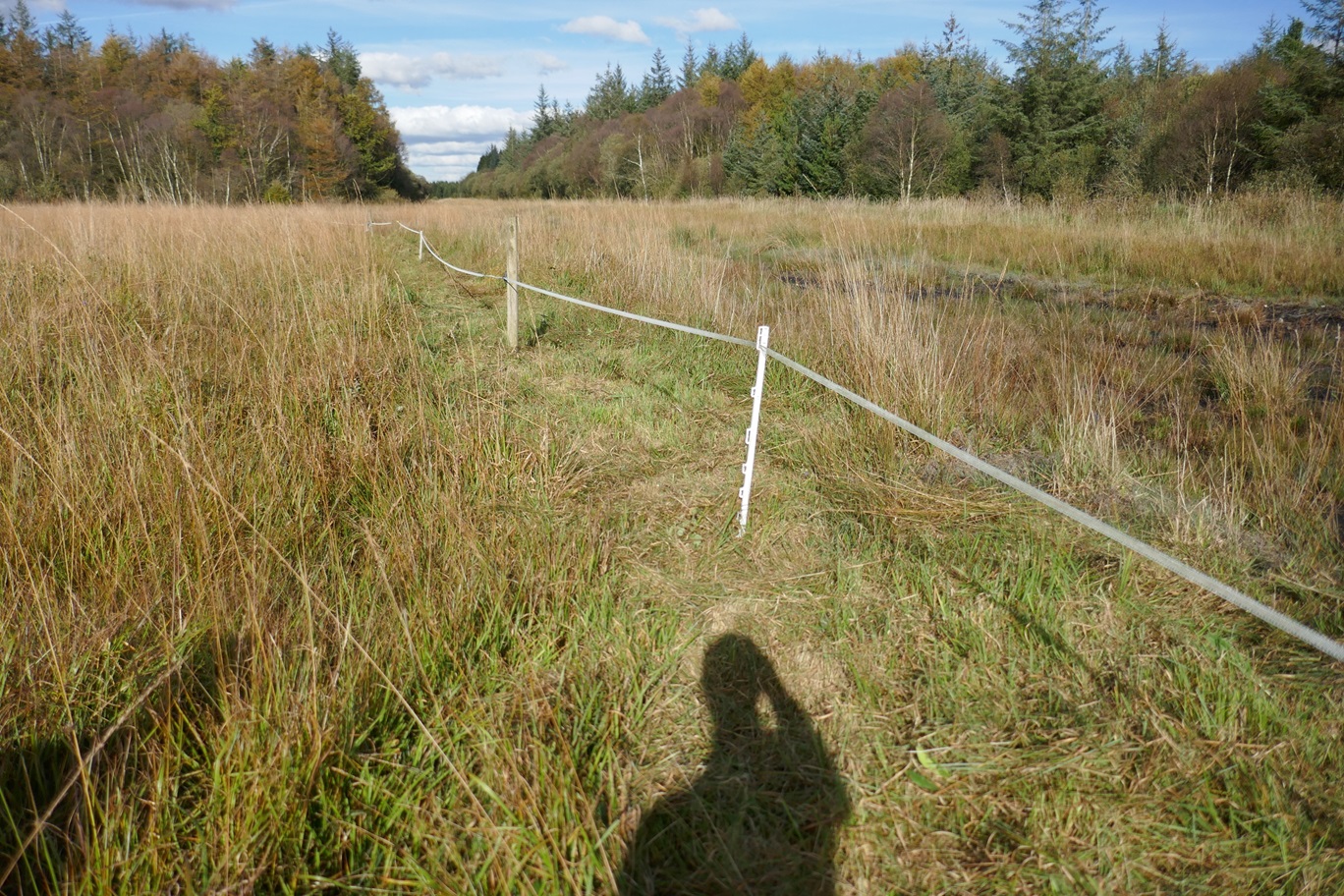
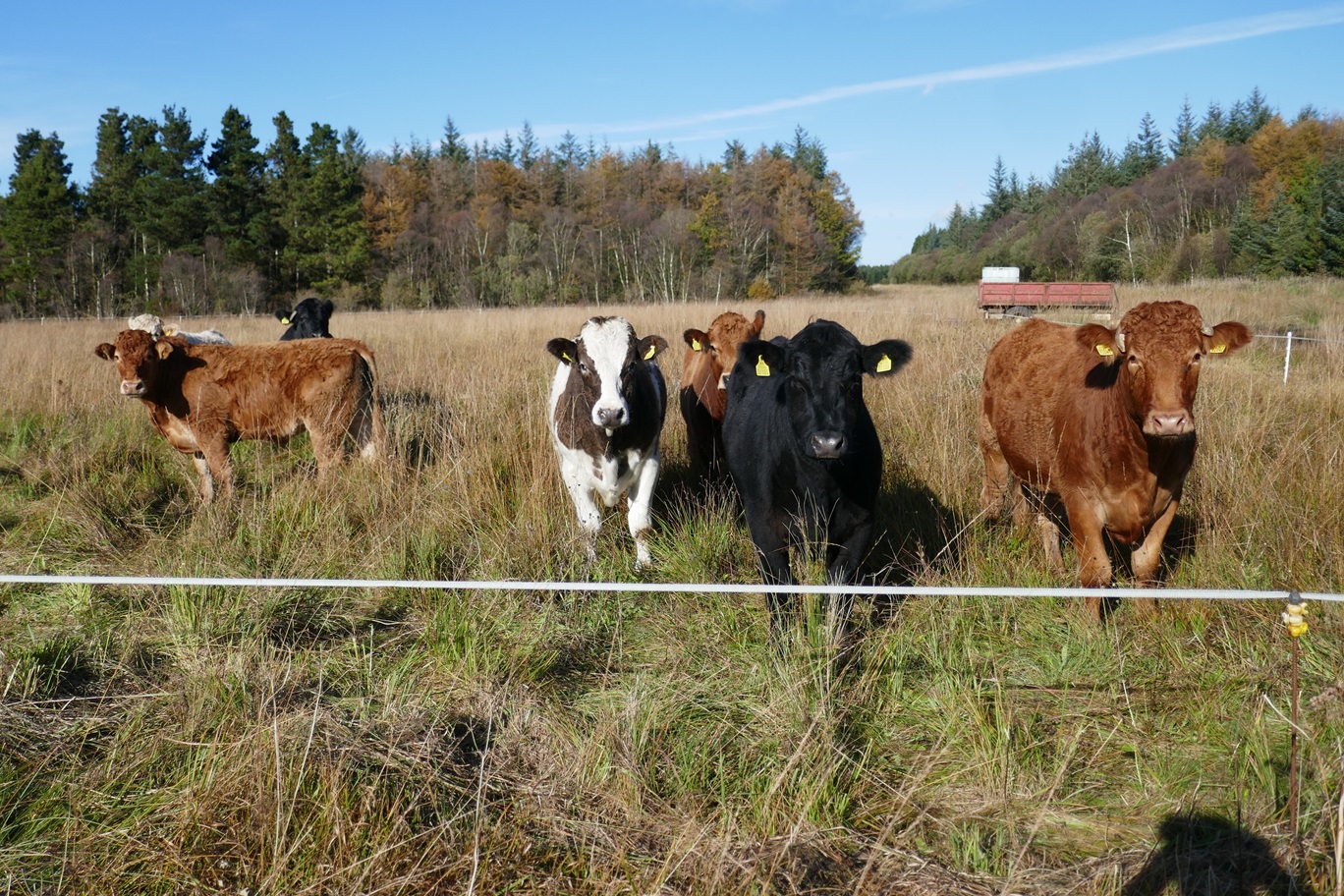
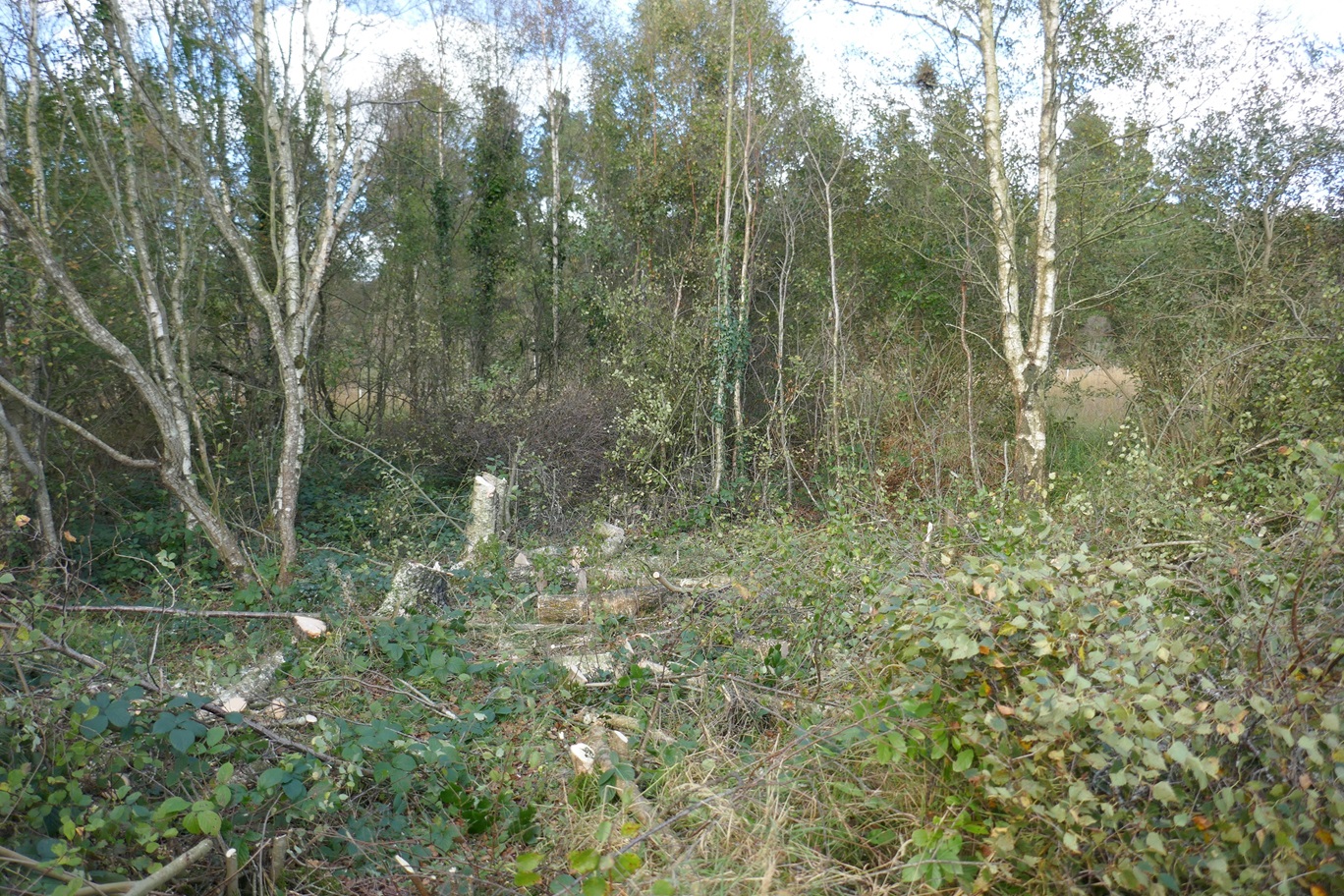
Fencing is installed with gates to allow visitor access and is convenient for cattle delivery to the reserve. Photos 26 October 2023.
BCI expects the support provided to assist us in protecting this very important reserve. The latest data published in the Irish Butterfly Monitoring Scheme Newsletter by the National Biodiversity Data Centre concerning butterfly abundance is deeply concerning (Judge and Lysaght 2023).
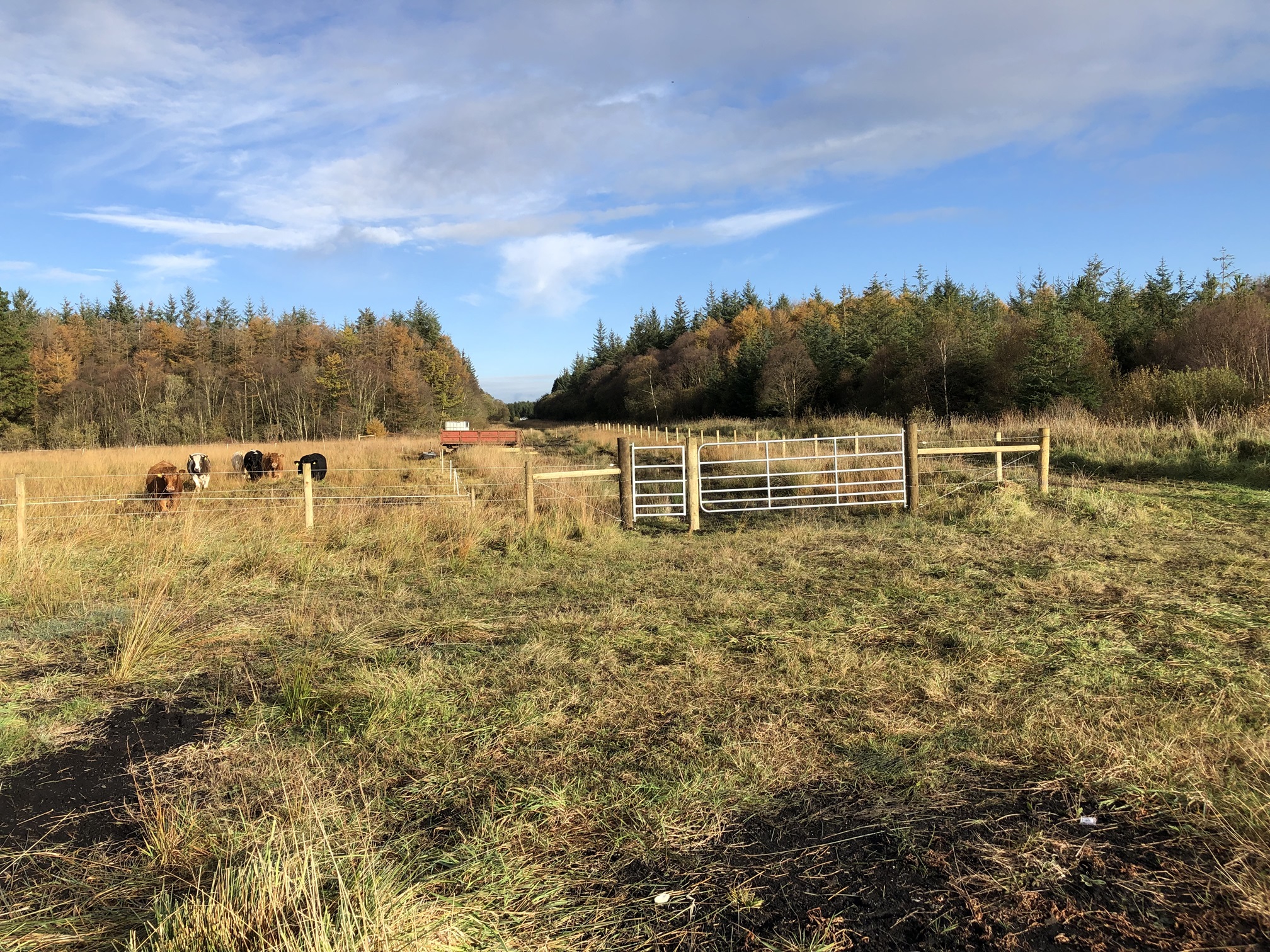
Results from the multi-species index of the 15 most common butterfly species highlight that there was a moderate decline (-57%) in the population of butterflies in 2022 when compared to the baseline year of 2008.
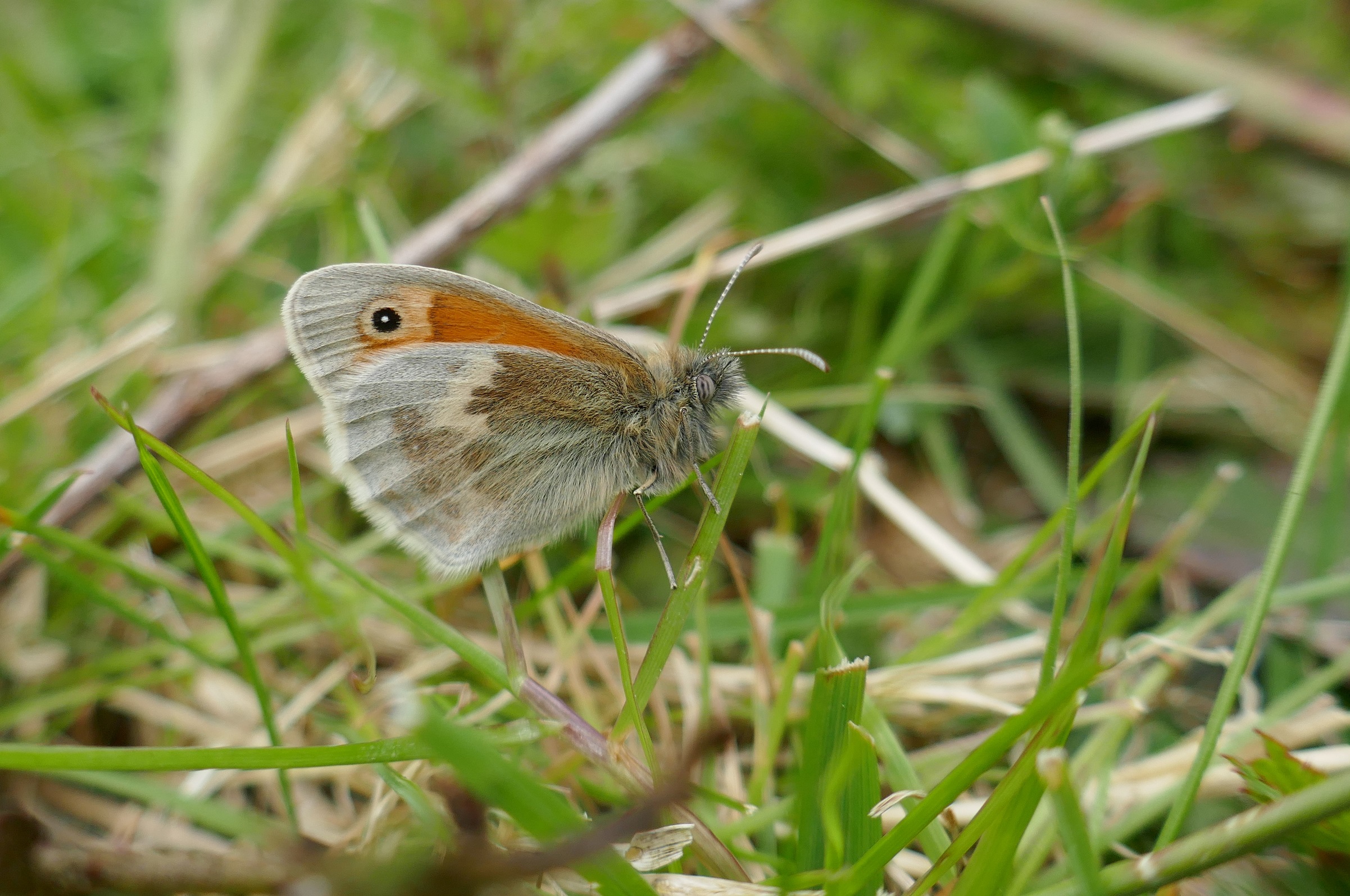
It is important to note that the multi-species index is a useful index to show overall trends in population changes of common butterflies of the wider countryside. However, it does not generate sufficiently reliable data to track how the populations of our more localised or specialised butter-fly species are changing. This is because there is currently not enough data being recorded for these species. In order to capture adequate information on these species additional species-specific schemes (like the Marsh Fritillary Monitoring Scheme) are needed.
The Marsh Fritillary is monitored on the reserve and continues to thrive, but there are indications that it is declining elsewhere. The most recent government report to the EU Commission concerning the Marsh Fritillary indicates that it is not in favourable status.
Perhaps of greater importance is the decline of non-specialist butterflies. The 2023 Irish Butterfly Monitoring Scheme Newsletter reports a strong decline for the Ringlet and Meadow Brown, both thriving on the reserve. The decline of common species suggests a deeper, more widescale biodiversity loss.
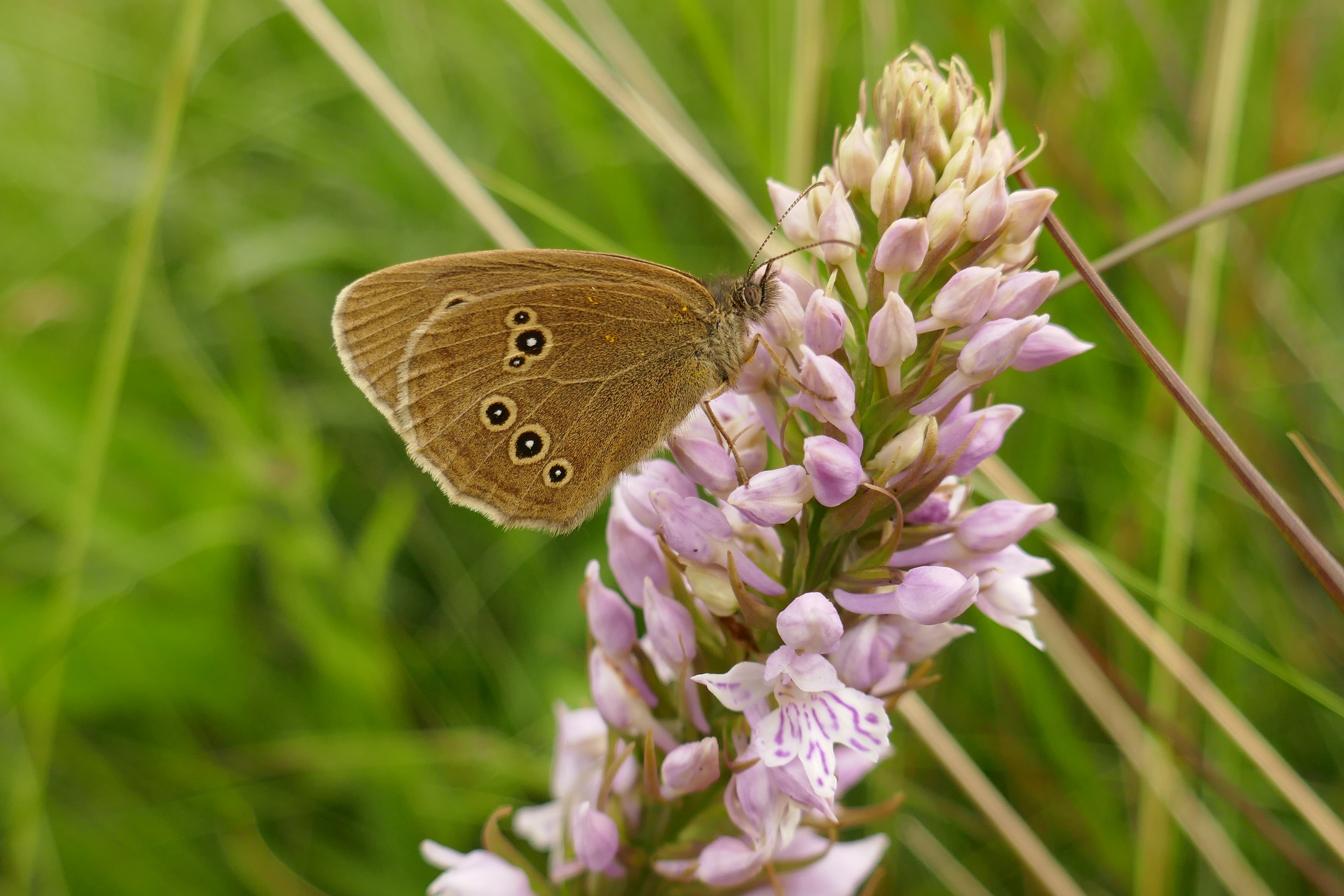
It is hoped that the management of the reserve will continue to show the way to protect our countryside and species.
Finally, BCI would like to record its gratitude to Kildare County Council Heritage Officer, Bridget Loughlin for her help in processing the grant application, to the Kildare County Heritage Officer Maebh Boylan, and to Kildare County Council and the Department of Housing, Local Government and Heritage (NPWS) for the grant.
Key Reference
Judge, M and Lysaght, L. (2023). The Irish Butterfly Monitoring Scheme Newsletter, Issue 15. National Biodiversity Data Centre


